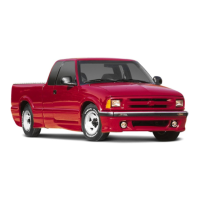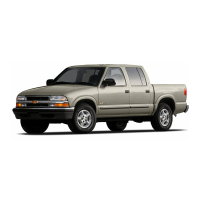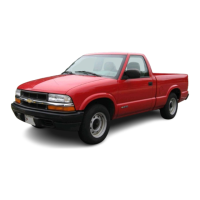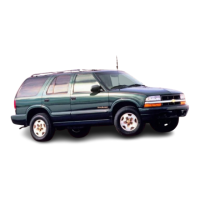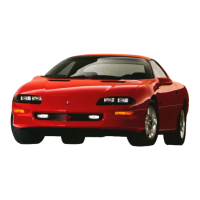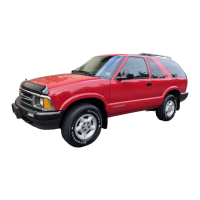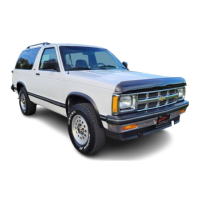Hydroplaning usually happens at higher speeds, There just isn’t a hard and
fast rule about hydroplaning. The best advice is to slow down when it is
raining, and be careful.
?>me Other Rainy Weather Tips
Turn on your headlights-not just your parking lights-to help make you
Look for hard-to-see vehicles coming from behind. You may want to use
more visible to others.
your headlights even in daytime
if
it’s raining hard.
Besides slowing down, allow some extra following distance. And be
especially careful when you pass another vehicle. Allow yourself more
clear room ahead, and be prepared to have your view restricted by road
spray.
If
the road spray is
so
heavy you are actually blinded, drop back.
Don’t
pass
until conditions improve. Going more slowly is better than
having an accident.
Use your defogger
if
it helps.
0
Have good tires with proper tread depth. (See “Tires” in the Index.)
Driving in
Fog,
Mist and Haze
Fog can occur with high humidity or heavy frost.
It
can be
so
mild that you
can see through it for several hundred feet (meters). Or it might be
so
thick
that you can see only a few feet (meters) ahead.
It
may come suddenly to
an otherwise clear road. And it can be a major hazard.
When you drive into a fog patch, your visibility will be reduced quickly. The
biggest dangers are striking the vehicle ahead or being struck by the one
behind. Try to “read” the fog density down the road.
If
the vehicle ahead
starts
to
become less clear or, at night,
if
the taillights are harder to see, the
fog is probably thickening. Slow down
to
give traffic behind you a chance to
slow down. Everybody then has a better chance to avoid hitting the vehicle
ahead.

